When looking at a list of the most dominant athletes in women’s artistic gymnastics (WAG) history, every gymnast fits into one (or both) of the following categories:
(1) She is from Eastern Europe.
(2) She is a modern gymnast having won the bulk of her medals in the mid-2000s or later.
Of all the gymnasts who dominate the top of the medal standings in WAG, Shannon Miller is the only gymnast who doesn’t fit into at least one of these categories and is what I like to call…
The Shannon Miller Exception: Prior to the 2008 Olympic quad, the gymnasts with the most career medals came from Eastern Europe. Shannon Miller is the only exception to this trend.
To demonstrate this trend, the following graphic is the data from my “Points System” and features the 40 gymnasts who have scored more than ten points.
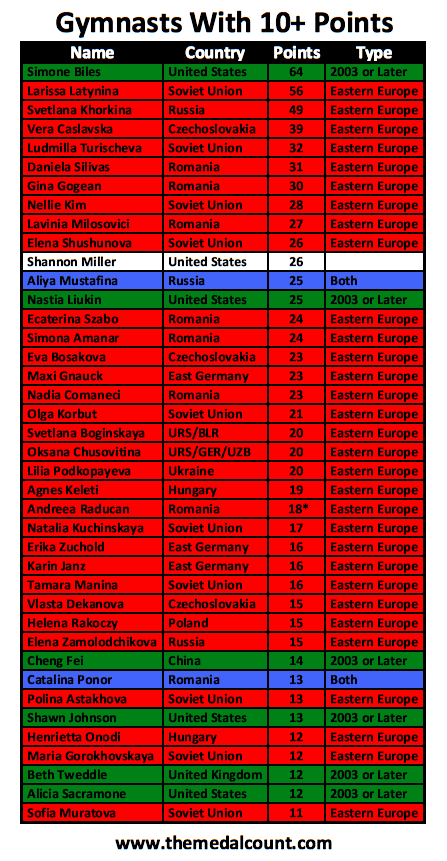
The Shannon Miller Exception (SME) doesn’t apply to just my points system. The same trend can be seen when the World Championships and Olympic medals are simply combined. The reason I use the term “2003 or later” is because that is when gymnasts who would eventually break the SME first started appearing in major competition. But they would need multiple appearances at the World Championships and/or Olympics before they could accumulate enough medals to rise to the top of the all-time medal standings.
The SME can be interpreted as a slight against 1990s American WAG by pointing out that Miller was the only gymnast from the era who was truly dominant. But that is not the goal of this article. The goal of this article is to accomplish the following items.
Establishing the timeframe in which Eastern Europe lost its grip on the sport.
The SME doesn’t just apply to American WAG, but the entire gymnastics community. At the same time the Americans were breaking the SME in the 2005-2008 Olympic quad with the success of Nastia Liukin, Shawn Johnson, Alicia Sacramone, and Chellsie Memmel, other regions were breaking it as well. Beth Tweddle did it for Western Europe while Cheng Fei did it for Asia.
The fall of the SME provides insight as to when precisely the balance of power in WAG shifted away from Eastern Europe placing it at occurring during the 2005-2008 Olympic quad. Not only did we see the United States and China improve in the team competition to the detriment of Russia and Romania, we also saw significant improvement in individual competition from non Eastern-Europeans as well.
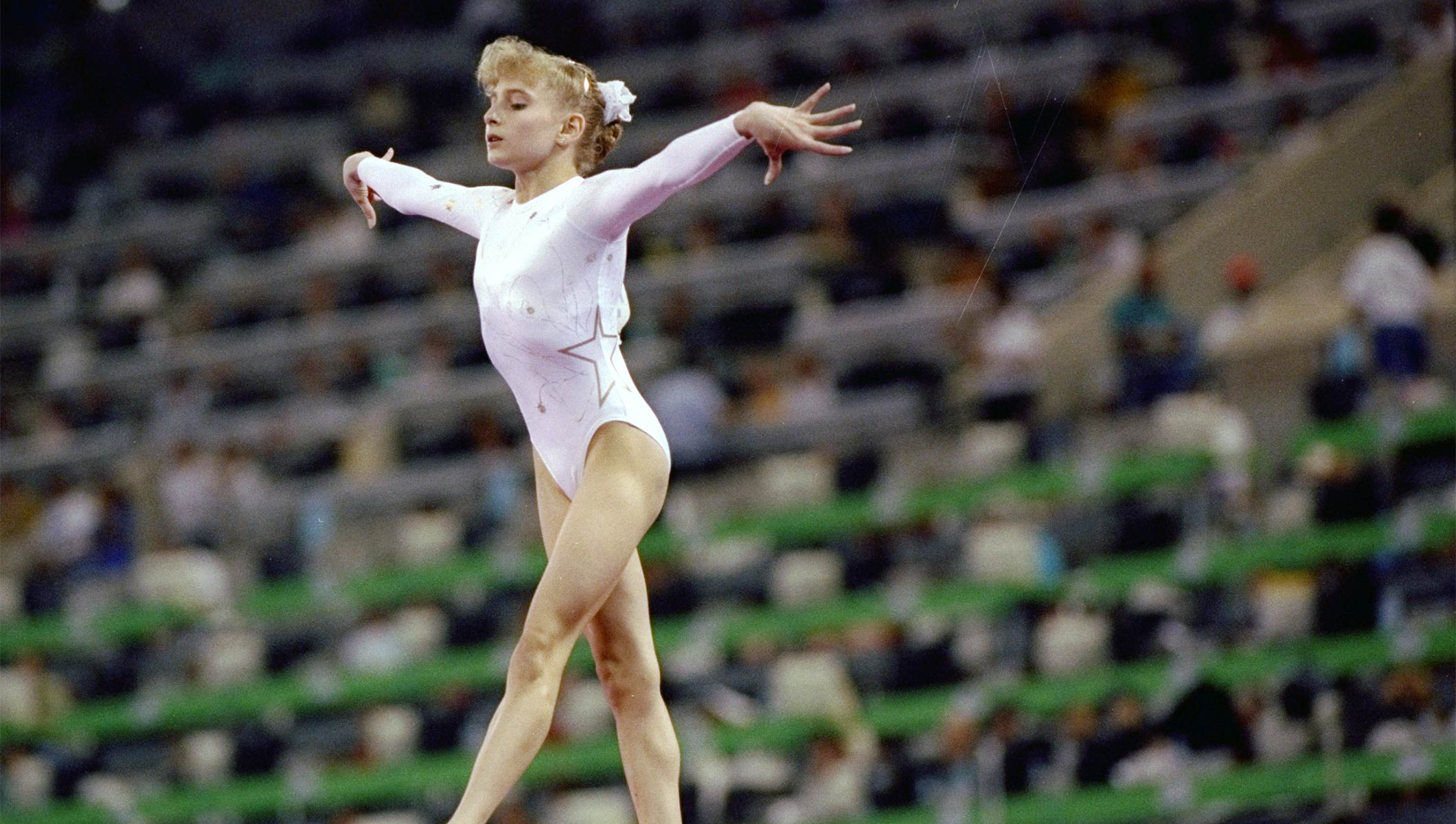
Providing insight as to why there was skepticism towards the initial success of Gabby Douglas and Simone Biles
The SME palpably fell during the years of 2005-2010 thanks to a strong class of American gymnasts. But when they had all left the sport by the 2012 Olympics, the question was inevitably asked whether the SME would return in their absence.
In 2012 Gabby Douglas won the most prestigious prize in WAG, but did so with the Olympic All-Around (AA) being the only individual medal of her career. The following year the United States produced another AA champion, but this time it came from a first year senior who had had only a relatively modest junior career.
Without the hindsight of knowing what Simone Biles and Gabby Douglas would do in future competition, it becomes understandable why some people back in 2013 were dismissive of their longterm prospects or how their legacies would eventually compare to gymnasts with more career medals. I’m not saying this was the majority viewpoint, only that it was a viewpoint. The SME provides some insight as to how such a viewpoint could take root in the first place.

Establishing the impact of media bias
Traditional media narratives have created a situation where the public perception as to who the best athletes in WAG history are is very different relative to what the data demonstrates. The gap between Eastern Europe and the rest of the sport was not only far more extreme than the media let on, but it had continued well beyond the fall of the Berlin Wall.
It goes without saying the American media has a duty to cover American athletes in order to cater towards its American base. But one consequence of overplaying the strength of the American program is that it sets American athletes up to fail. It amounts to an unattainable performance requirement where American athletes who did the best they realistically could only to be portrayed as failures. It also leads to a situation where American-centric media coverage dictates that win or lose, the American performance is what gets covered. That may be swell for Simone Biles, but not McKayla Maroney.
This is not to say American gymnasts who competed prior to 2002 were unsuccessful, they absolutely were. They did not have the same number of top tier coaches and high-octane clubs as the American program currently enjoys today. They built modern American gymnastics and without their contributions, the program would not be having the success it is currently witnessing. They were trailblazers.
What I am trying to accomplish with an article on the SME is to demonstrate the difference between a gymnast who is memorable because she was a trailblazer for her program, compared to one who is memorable because she was a proven winner. Fans and the media should take more careful note on the difference between the two when discussing who the greatest gymnasts in the history of the sport are.
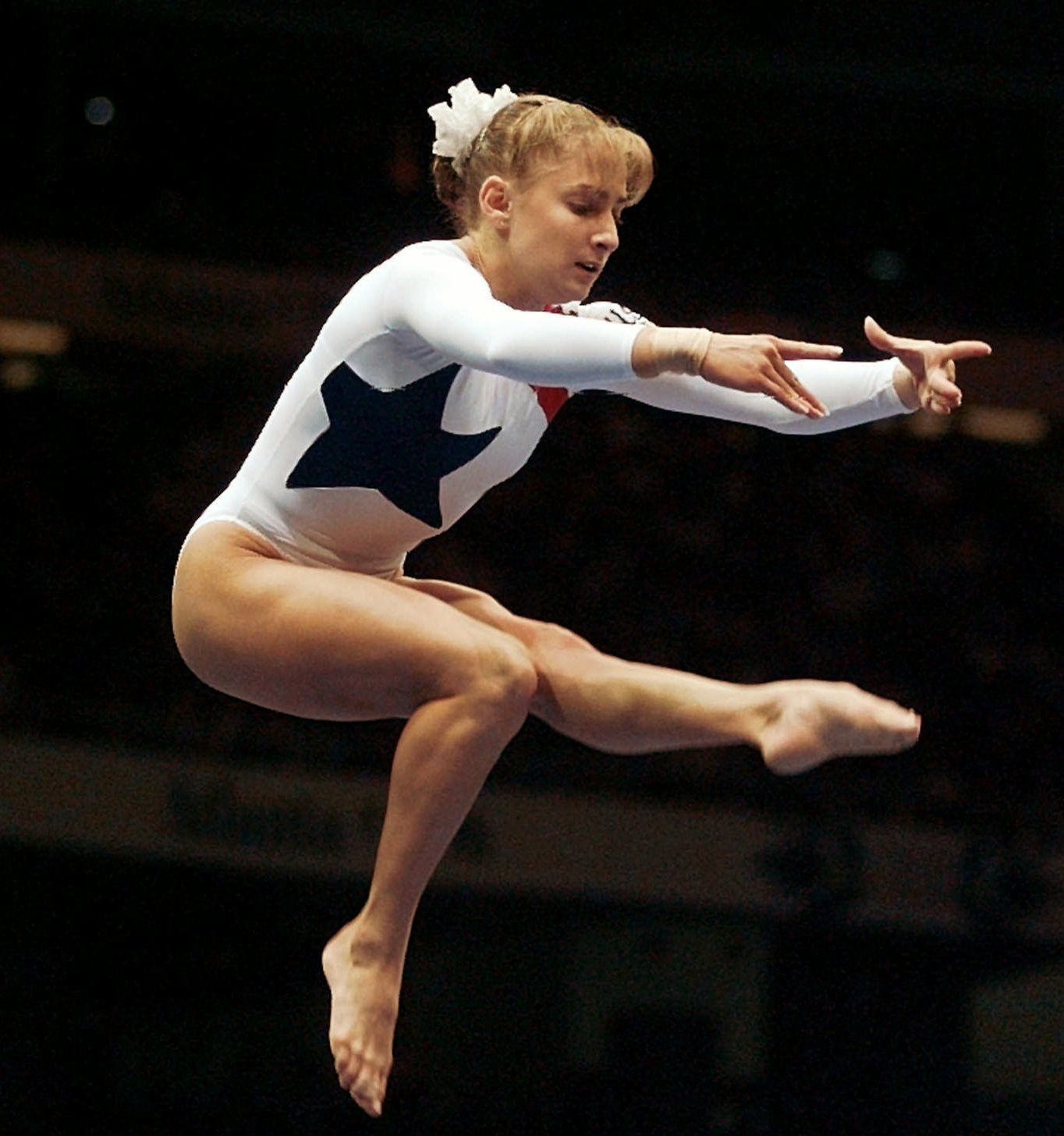
Understanding America’s rise as a gymnastics power
The SME is also an insight as to when America’s current run of success truly started. The initial spark was not 1984, 1991, or 1996, but somewhere between 2002 to 2004. That was when the sport started experiencing a fundamental shift. From that point onwards the American program started surging. Rather than experience a high period followed by a low period as had been the case in 1984/1988 and 1996/2000, from 2003 onwards the American program demonstrated nothing but consistent growth that hasn’t slowed since.
You might have noticed that of the WAGs who have broken the SME, most of them are still towards the bottom of the points data. Under the “more than ten points” threshold 77.5% of the gymnasts come from Eastern Europe. But if the threshold is raised to “15 points or more” the data reveals 87.1% of the gymnasts are from Eastern Europe.
Eastern Europe dominated WAG from the period of 1938-2002. The data reflects the United States is still a young superpower in comparison having only had 15 years to muscle around other programs in the same manner Eastern Europe had done for over 60 years. As time passes more and more gymnasts from the United States, China, and Western countries will hit the 10+ point threshold and lower the Eastern European average.
Sidenote: For fans of an Eastern European program, they could use the 15-point threshold and also claim Soviet-born Nastia Liukin counts for both Eastern European and America. Under that incredibly slanted interpretation of the data, one would have created the Simone-Shannon exception.
One of the more complex questions in gymnastics history is to ask whether the United States simply overtook Europe as a WAG power, or whether Eastern Europe fell and left a power vacuum for the United States to fill. The SME provides some insight into that question. Not only did the SME fall during the 2005-2008 Olympic quad, it was simultaneously broken by gymnasts from three different continents (Beth Tweddle, Cheng Fei, and Nastia Liukin).
This suggests that the fundamental shift which occurred in WAG in the 2002-2004 era was the byproduct of a power vacuum and the implosion of Eastern European WAG, rather than the United States overtaking well functioning Romanian/Russian programs.
The SME is further supported by another milestone in American WAG. It was in 2007 that the United States won its first gold medal in the team competition without the assistance of homefield advantage. Chinese WAG did the same in 2006. These results further strengthen the SME and the narrative that the 2005-2008 quad was when the seat of power truly shifted away from Eastern Europe.
Creating a link for future articles
Every once in a while I produce an article where Shannon Miller ruins a point I am making and I have to talk about this trend and why Miller is an exception. One example can be found here. In another article where I talked about the downfall of Eastern Europe, the SME makes an appearance in a graphic. Note that Europe was recording a very high win rate up until 2001, with the exception of the 1992-1996 era which was the height of Shannon’s career.
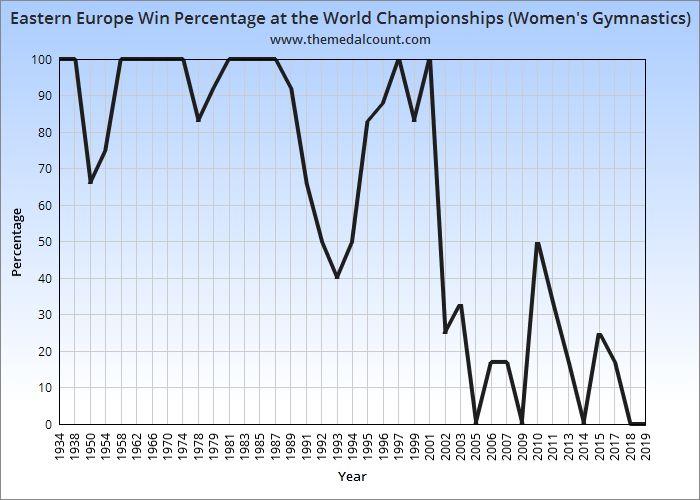
Emphasizing the greatness of Shannon Miller
The SME proves that Miller’s career was as historic as it gets and should have been treated as a milestone in-line with how the media reacted to Mary Lou Retton in 1984. But because Shannon didn’t win the one event that matters most if a gymnast wants to earn considerable media coverage (the Olympic All-Around), her career wasn’t as aggressively promoted by the media as other American gymnasts. While there are plenty of fans who believe Miller was awarded the proper amount of media coverage she deserves, I feel she deserved more.
The SME can be measured in not just the number of medals the American program won, but how they were won. Looking at America’s most iconic victories that occurred during the 1980s and 1990s, most of them came with the assistance of home field advantage. Shannon Miller on the other hand won the bulk of her medals away from home. She not only won far more than the contemporaries of her era, but delivered wins under tougher circumstances. Everything about Shannon’s career was exceptional and an outlier for the time.
The main point of this article is not to tear down the accomplishments of other American gymnasts, but to demonstrate the greatness of Shannon Miller. And while this article comments frequently on the American program, it wasn’t just that Miller exceeded American standards, but that she broke the stranglehold Eastern Europe had on the sport in the process. It would take another decade before others would do the same. Lastly, I will finish this article with further statistics demonstrating just how exceptional Shannon Miller was.
-In my points data, Shannon Miller single-handedly accounts for 36% of all points scored by American gymnasts prior to 2000.
-Shannon Miller accounts for 42% of all individual medals the United States won on foreign soil prior to the 2000s.
-Shannon Miller’s 16 career medals represents 36% of all individual and team medals won by the United States prior to the 2000s.
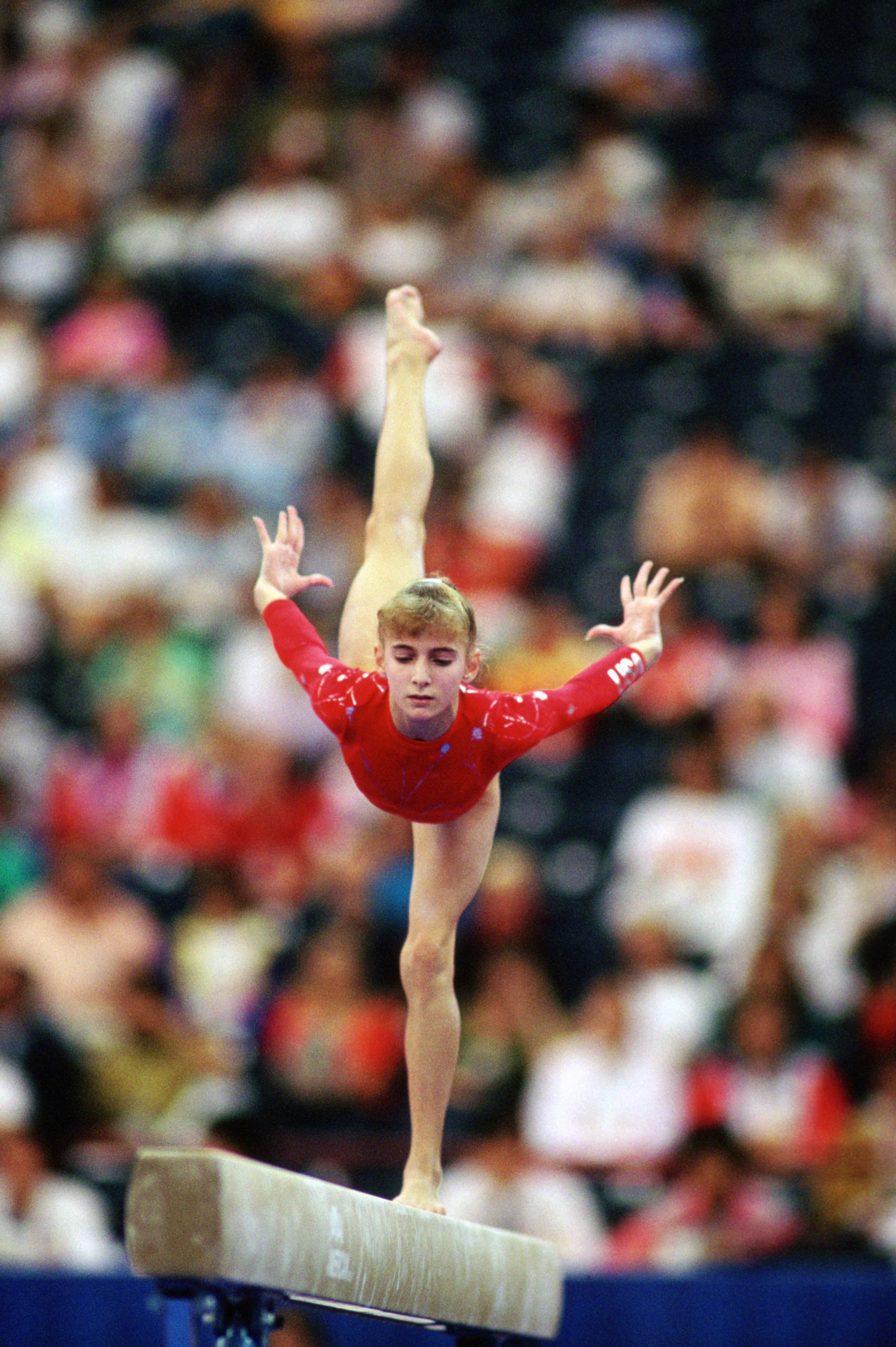


Bizarre article.
LikeLike
Couldn’t you argue that Nellie Kim and Oksana Chusovitina are from central Asia rather than eastern Europe?
LikeLike
Do you think that the improvement of other countries outside of Eastern Europe was also due to the elimination of the compulsory routines?
LikeLike
Yes, I think it was probably also due to that, but Shannon was usually very high scoring in compulsories as well as in optionals (even though she didn’t care for them, according to her coach).
LikeLike
Loved this article!! So great and well thought out. Thanks for all the historical analysis. Miller is still the most decorated US Olympic gymnast of all time…quite a long run even considering the circumstances this year. Thanks again!
LikeLike
To say nothing of Gutsu’s miniscule ‘winning’ margin and the fact that she should not even have been IN Barcelona AA finals. Miller should have been AA champion there.
LikeLike
Imagine if there were ever an American gymnast with Shannon’s brilliant and pioneering artistry/elegance combined with Simone’s powerhouse athleticism/acrobatics…that would be something to behold. I love this sport.
LikeLike